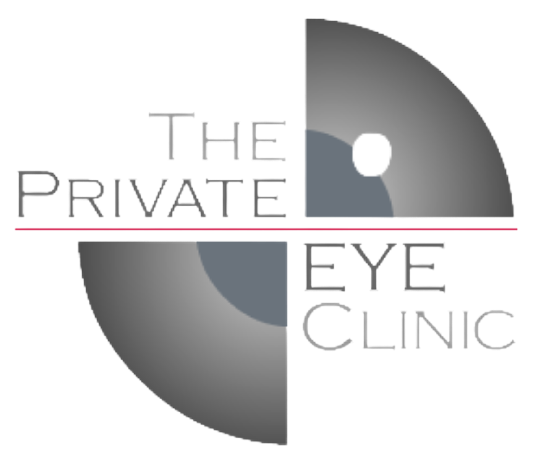
Central Serous Retinopathy
Central serous retinopathy (CSR) is a fairly common retinal disorder where the patient notices a fairly sudden onset of blurred vision in one eye associated with a central blank spot, distortion of vision, impaired dark adaptation, and a change of focus. Sometimes the other eye can be involved in a subsequent episode.
It is typically a disease of young or middle-aged adults that gets better by itself. It seems to be more common in patients who have high blood pressure, are taking cortisone medicines, are taking "nerve" medicines, or are taking sympathomimetic medicines such as nose decongestants (inc. sprays).
On examination, there is usually a unilateral, localised accumulation of fluid under the retina. Special tests often show there is a bilateral abnormality present.
-
Fluorescein Angiography
Although in most cases the diagnosis is made by office examination, fluorescein angiography is helpful in providing a definitive diagnosis and in planning treatment.
-
Expectations
About 80% of eyes with CSR undergo spontaneous resolution of subretinal fluid and a return to normal or near-normal vision within 1-6 months. The remaining 20% last longer than 6 months, but most resolve within 12 months. Even if vision, as tested on a chart, returns to normal, some degree of subjective visual impairment can persist.
-
Management
Diamox tablets help to achieve a faster result than dummy pills, but the final visual outcome is no better.
Laser photocoagulation to the site of leakage in the retina may improve the final visual outcome, and often results in a speedier resolution of the fluid leak.
All types of cortisone (including sprays and creams) must be stopped as soon as is practical.
